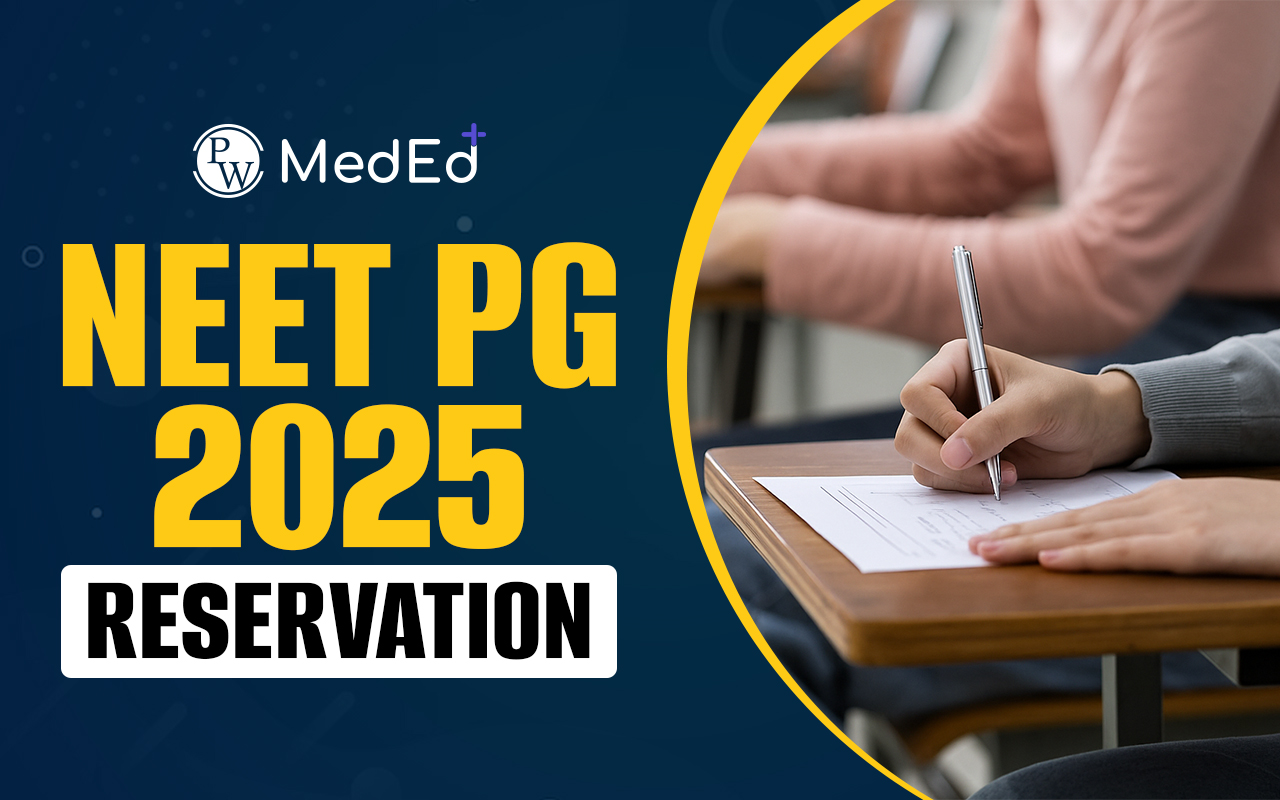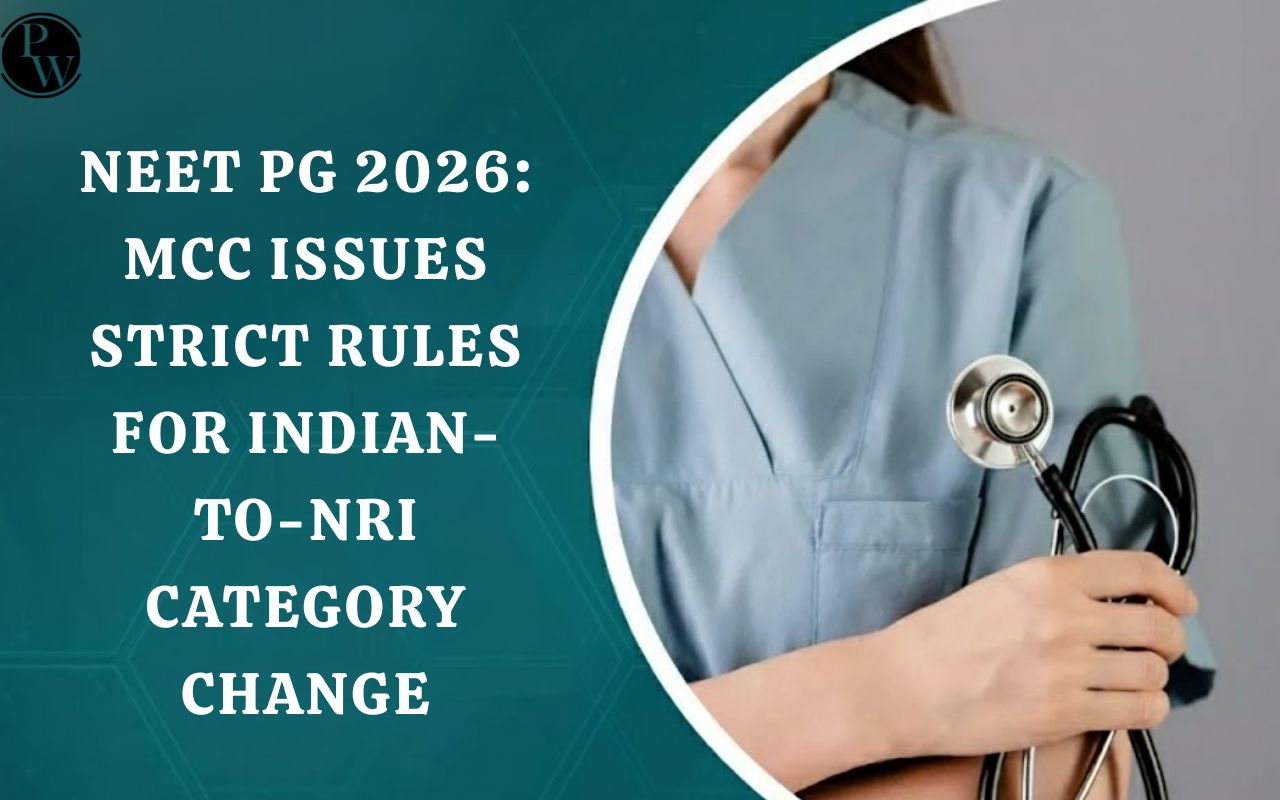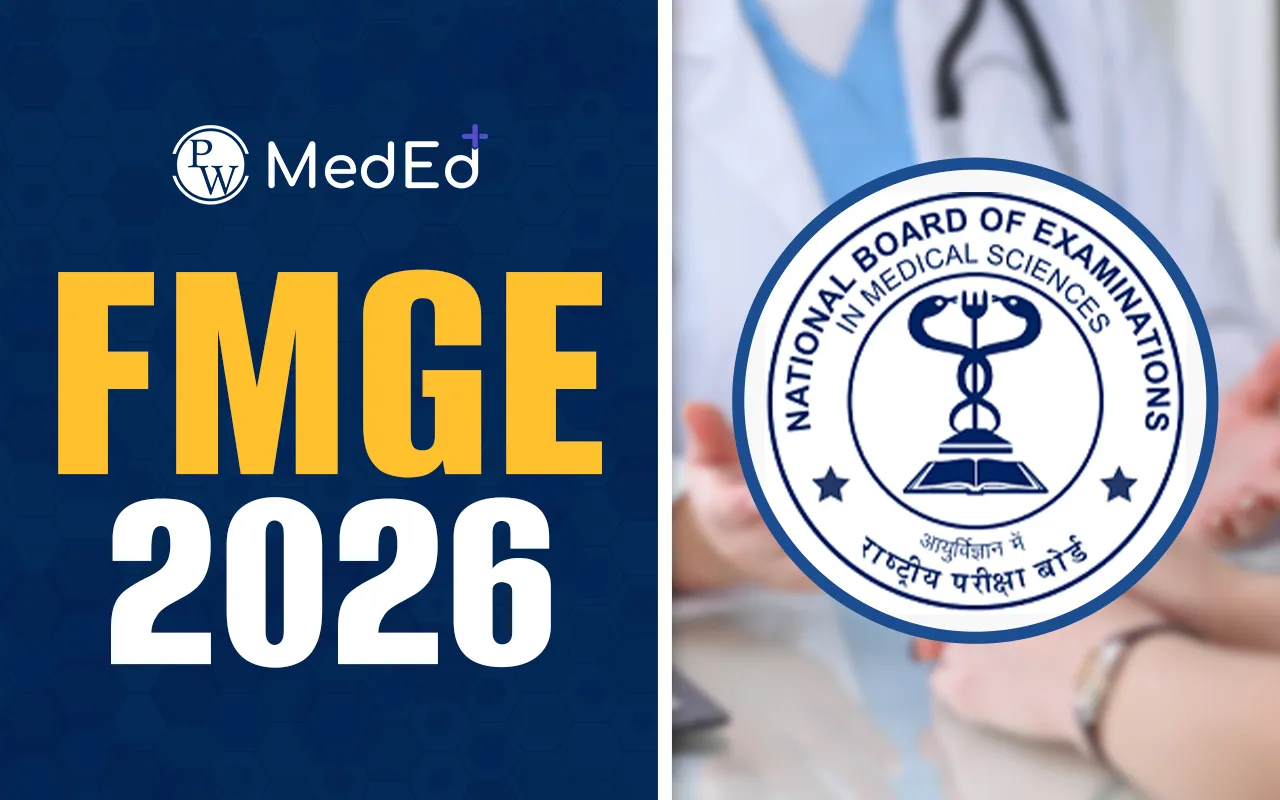Are Clinical Postings Important in MBBS? : Yes, Clinical postings are a vital component of MBBS education, offering medical students essential hands-on experience in patient care. These postings bridge the gap between theoretical knowledge and practical application, allowing students to develop crucial clinical skills such as history-taking, physical examination, and diagnostic decision-making. By rotating through various specialties, students encounter a wide range of medical conditions, improving their clinical acumen and communication abilities. Mentorship from experienced doctors further refines their skills. Clinical postings play a critical role in shaping competent doctors, preparing them for real-world medical challenges and ensuring they are well-equipped for their future medical careers.
Download– MedEd App
Importance of Clinical Postings in MBBS
Clinical postings are an integral part of MBBS training, offering students a firsthand experience in patient care. These postings enhance practical learning, improve diagnostic abilities, and prepare students for real-world medical challenges. By working in hospitals under the guidance of experienced doctors, students gain essential skills that shape their medical careers.
-
Practical Application of Knowledge
Unlike classroom learning, clinical postings allow students to directly observe and interact with patients suffering from various medical conditions. This practical exposure helps them apply their theoretical knowledge in diagnosing and managing real-life cases.
-
Development of Clinical Skills
- Through clinical postings, students acquire fundamental skills such as:
- Taking detailed patient histories
- Performing thorough physical examinations
- Interpreting clinical findings
- Making informed decisions regarding diagnosis and treatment
-
Building Patient Communication Skills
Effective communication is vital for a doctor. Clinical postings provide an opportunity for students to practice explaining diagnoses, treatment plans, and addressing patient concerns, which is essential for building trust and rapport with patients.
-
Exposure to Diverse Cases
- Medical students rotate through various clinical departments, including:
- Medicine
- Surgery
- Pediatrics
- Obstetrics and Gynecology
- Orthopedics
- Psychiatry
- Dermatology
- ENT (Ear, Nose, and Throat)
- Ophthalmology
- Community Medicine
This exposure helps them encounter a wide range of medical conditions, broadening their clinical acumen.
-
Mentorship and Guidance
Under the supervision of senior doctors, students receive valuable guidance and feedback on their clinical approach. This mentorship helps them refine their diagnostic and management skills.
Structure of Clinical Postings in MBBS
Clinical postings typically commence in the second year of MBBS and continue throughout the course. Students are divided into smaller groups and assigned rotation schedules across various departments.
Department-Wise Structure of Clinical Postings
Clinical postings are systematically structured to ensure students gain exposure to different medical specialties. Each department follows a unique approach to teaching, combining patient interactions, demonstrations, and hands-on practice to enhance clinical learning.
|
Department |
Activities Involved |
|
Community Medicine |
Field visits to Old Age Homes, PHCs, CHCs, Water Treatment Plants; Family/Index Case presentations; End Posting Viva |
|
Medicine & Surgery |
OPD, ward rounds, case presentations, patient history-taking, and evening postings for in-depth patient interaction |
|
Pediatrics |
Observation of pediatric cases, immunization programs, and child development assessments |
|
Obstetrics & Gynecology |
Examination of antenatal and postnatal patients, assisting in deliveries, and surgical observations |
|
ENT & Ophthalmology |
Basic clinical examination techniques, instrument handling, and case discussions |
|
Psychiatry & Dermatology |
Understanding mental health disorders, counseling techniques, and dermatological case studies |
Assessment and Evaluation
At the end of each posting, students undergo assessments such as:
- Ward Leaving Viva – Evaluates their understanding of patient history-taking, examination, and case presentation.
- Long and Short Cases – Tests their ability to manage real patient scenarios.
- Instrument and Specimen Identification – Ensures knowledge of medical tools and pathology specimens.
Year-Wise Benefits of Clinical Postings in MBBS
The table outlines the year-wise benefits of clinical postings in MBBS, highlighting the progression of skills and responsibilities from patient interaction to independent medical practice. It demonstrates how clinical exposure evolves throughout the course to prepare students for real-world medical challenges.
|
Year |
Benefits |
|
Second Year |
Introduction to patient interaction, basic history-taking, and fundamental clinical examination skills. |
|
Third Year |
Exposure to a variety of cases, learning diagnostic approaches, and improving communication with patients. |
|
Final Year |
Advanced clinical skills, independent case management, decision-making, and practical preparation for internship. |
|
Internship |
Full responsibility in patient care under supervision, real-world application of all learned skills, and transition into medical practice. |
Effectiveness of Clinical Postings for Third-Year Students
For third-year MBBS students, clinical postings serve as a crucial transition from theoretical learning to practical competence. These rotations offer hands-on experience in:
- History-taking and patient interaction
- Observing surgeries and medical procedures
- Case discussions and clinical reasoning
- Developing confidence in clinical decision-making
To maximize learning, students are encouraged to participate in peer discussions, group studies, and self-directed learning alongside faculty-guided sessions.
As stated by William Osler, “He who studies medicine without books sails an uncharted sea, but he who studies medicine without patients does not go to sea at all.” Clinical postings are an indispensable part of MBBS training, providing medical students with the necessary exposure and skills to become competent doctors. By integrating theoretical knowledge with practical experience, these postings shape the future of medical practitioners, ensuring they are well-prepared to handle real-world medical challenges.









